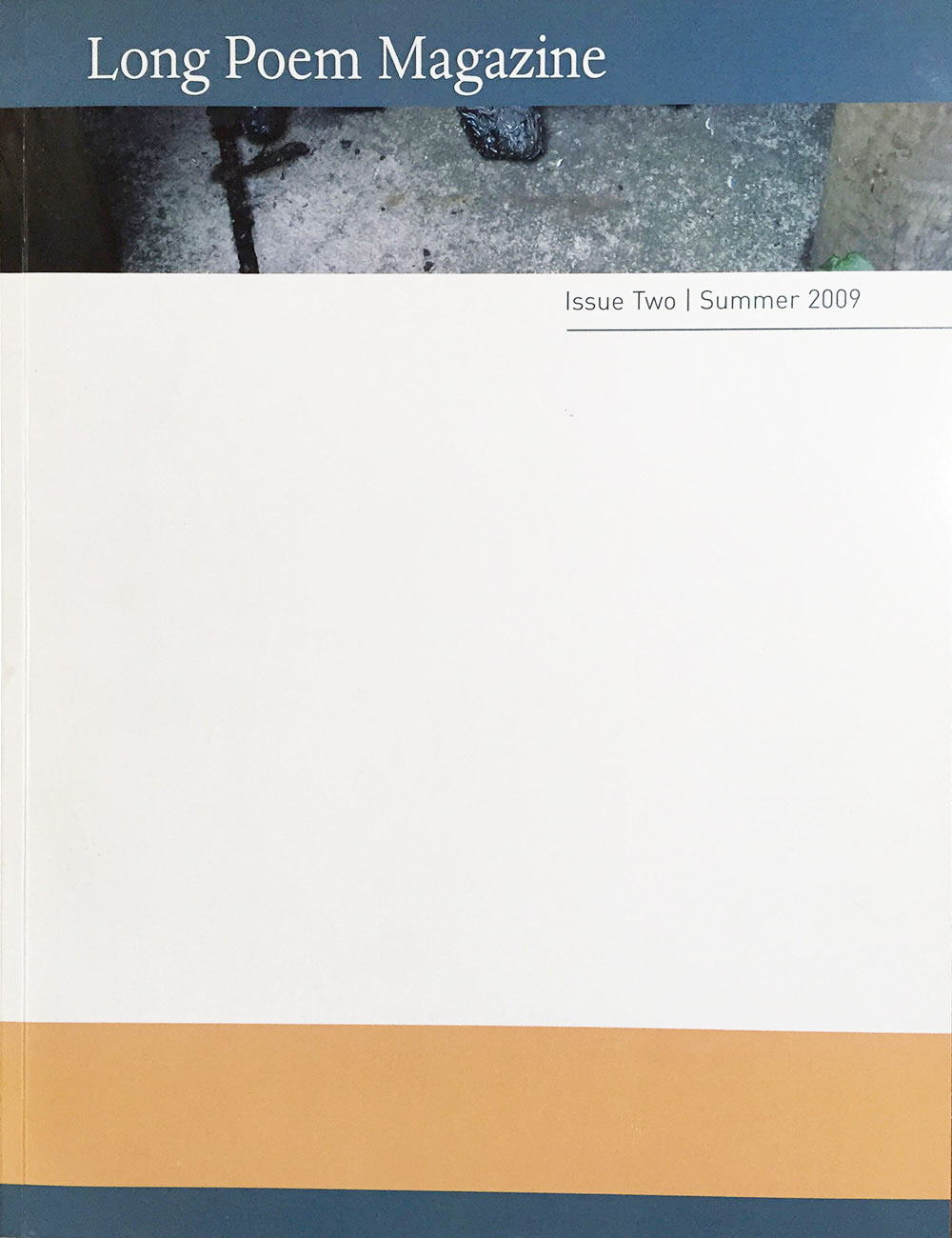Following the successful inaugural launch of Long Poem Magazine early in the new year, it is a pleasure to welcome you to our second issue. We have been very encouraged by the positive feedback received and would like to thank you for your support. With this issue we also welcome Linda Black, who joins the editorial team, while John Haynes becomes our Consultant Editor. Linda’s biography and a sample of her work can be viewed on the website.
Once again we have some exciting contributions, arising from different traditions and featuring a range of styles. There’s a lyrical Russian-like folktale, two very different poems inspired by aspects of Japanese culture and history, and two with links to the history of France at the time of the troubadours, the Cathar period and the Occitan language. One poem, which is set in Nigeria, is in the medieval French form of the rondel; another works with gravestone inscriptions found in the poet’s English village; and yet another evolves from extreme life-crisis. We have a poem that originates from scraps, one that emerges from separate poems eventually fused into one, and another composed directly from notes. Each long poem has successfully chosen its form, be it regular stanzas or sections irregularly lineated like musical notation. And in every one, whether traditional or more experimental, the poetry predominates.
In our feature essay Alfred Corn discusses the Western tradition of the long poem and goes on to examine the development of his own book-length poems. Several of the poems he cites from the canon are European and many of us will know them only through translations. Some poems, for example Heaney’s translation of the Anglo-Saxon Beowulf and Walcott’s Omeros, a relocated contemporary version featuring Homer’s mythic protagonists, are distinguished literary landmarks in their own right.
Such considerations have prompted our decision to invite long poem translations or versions for future issues. We would aim to publish one or two per issue, or per alternate issue, depending on submissions. It goes without saying that Anna’s criterion still applies: every word needs to earn its place. We are not prejudiced against a felicitous phrase that sounds like translation. We are against translation that doesn’t sound like poetry! As one involved with translations myself, I have my own technical problems and regular pitfalls. I also know the joy of working with the beauty of one language and the intense delight when one successfully interprets that beauty in another language.
We hope you will enjoy the present issue.
Lucy Hamilton
